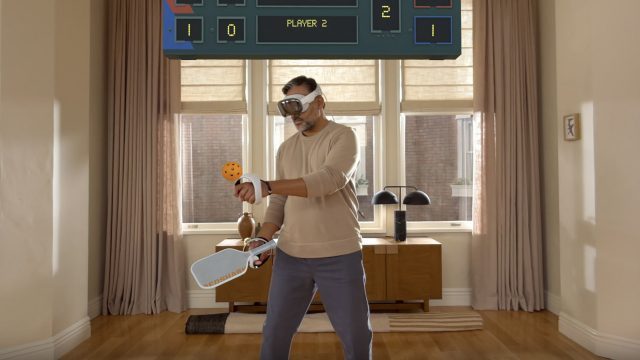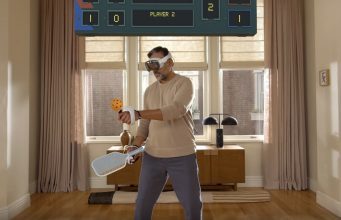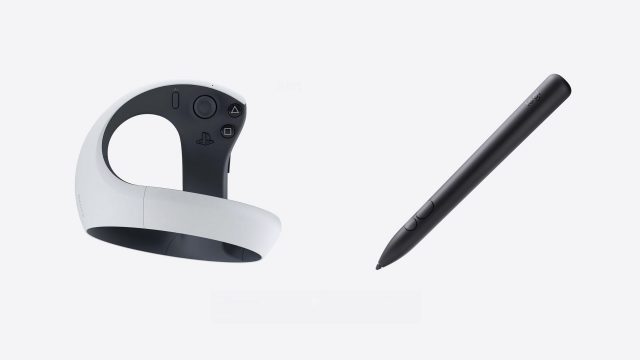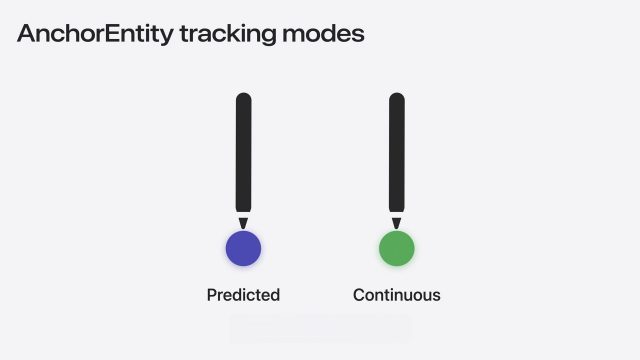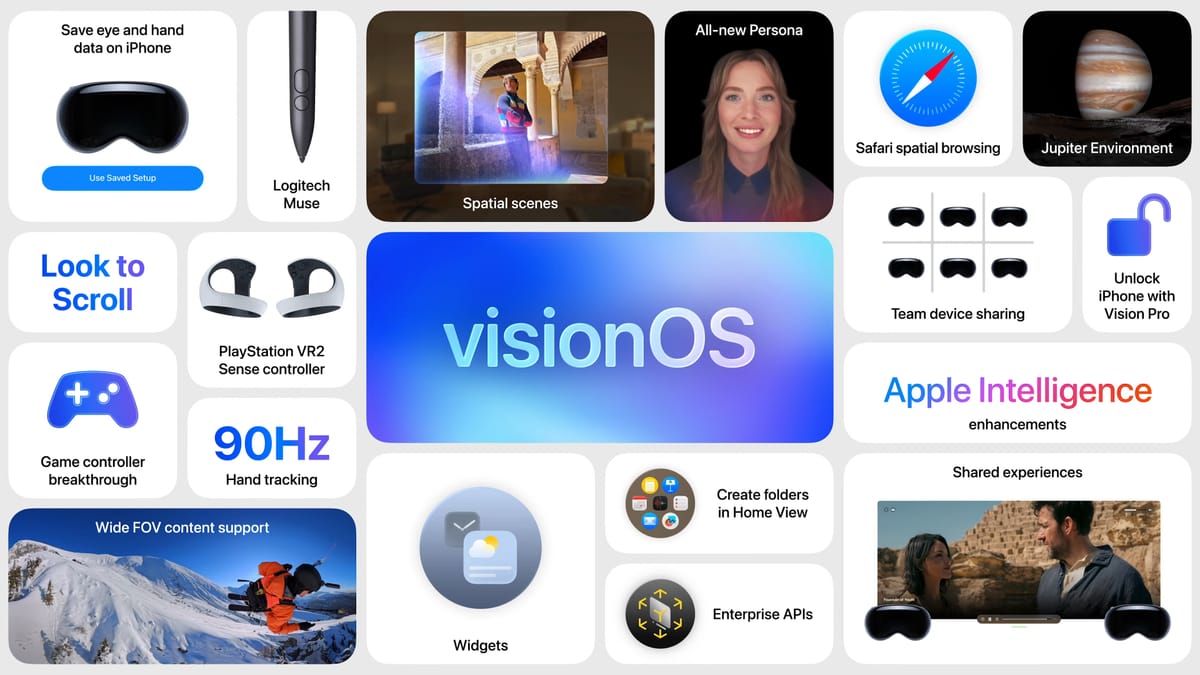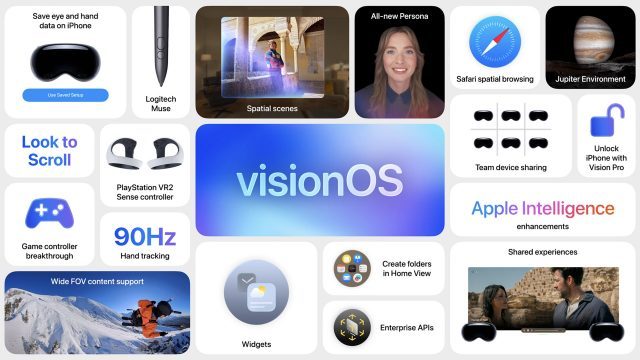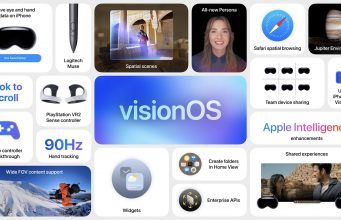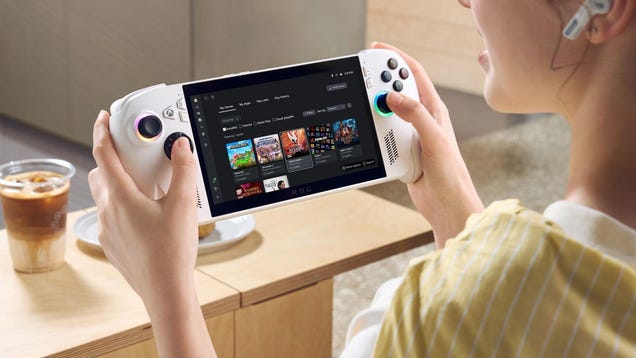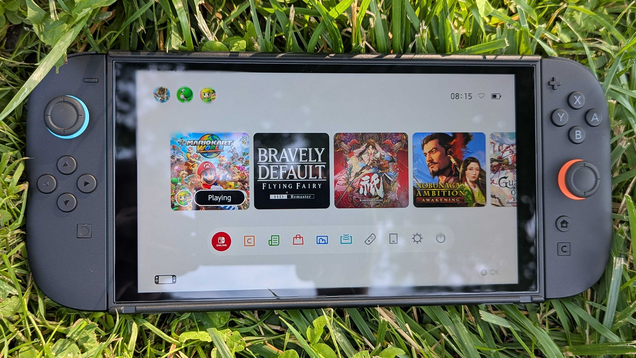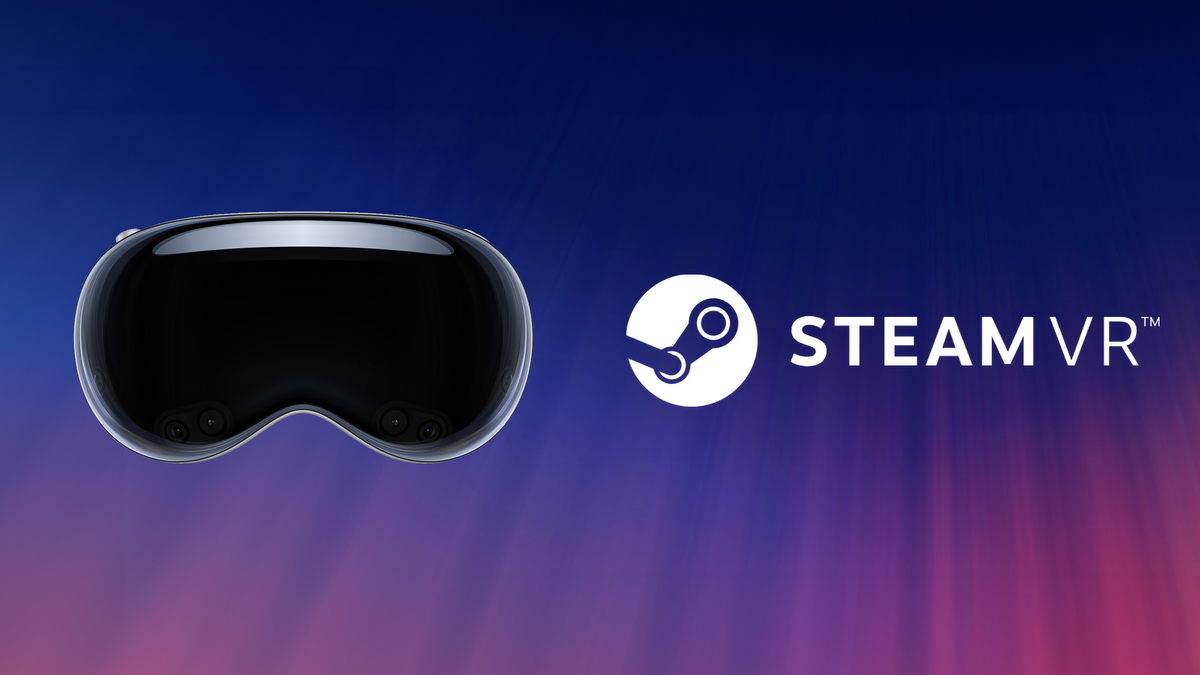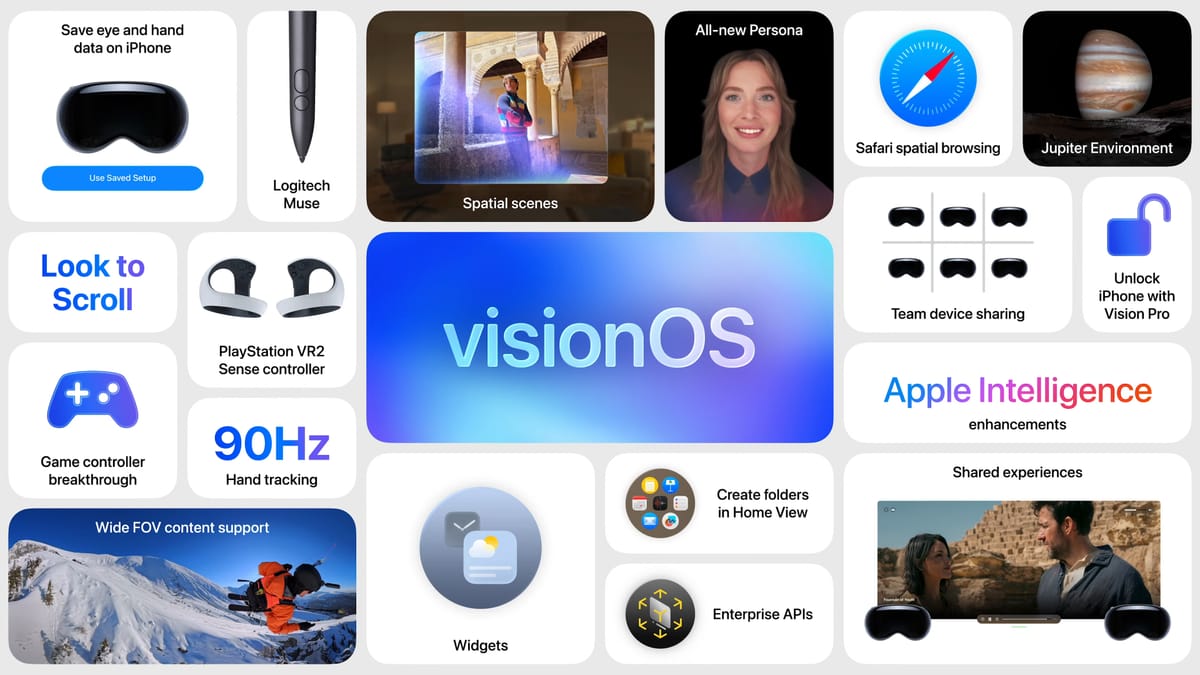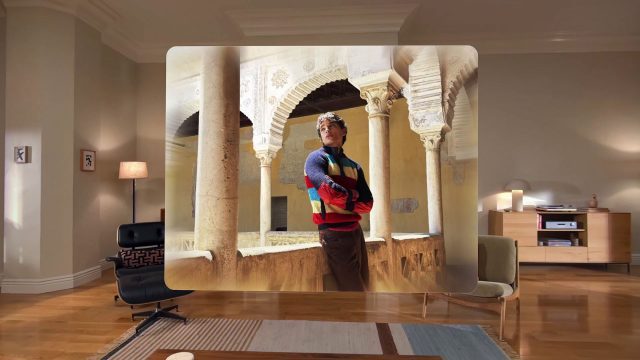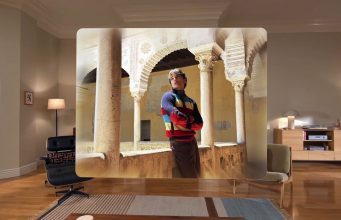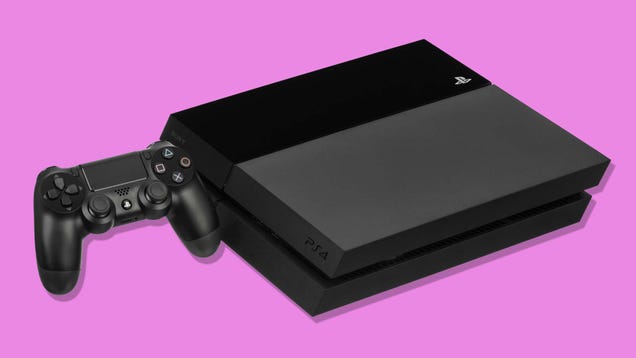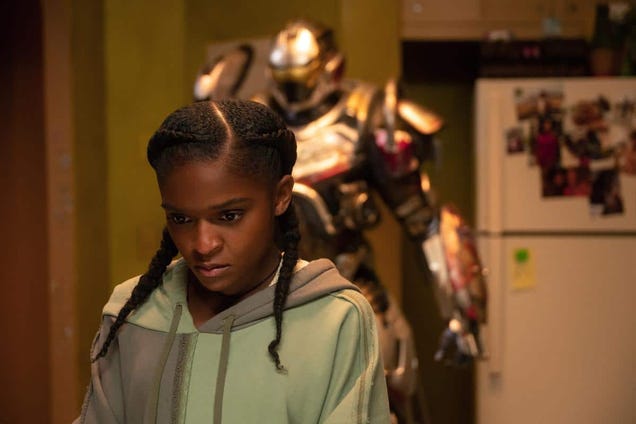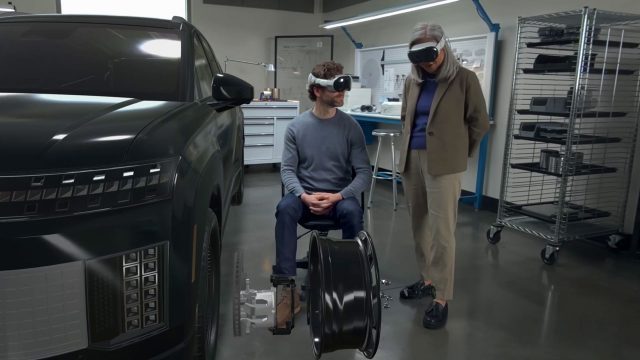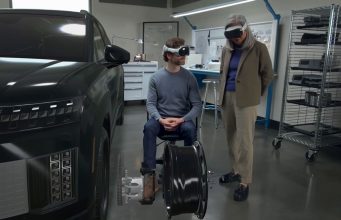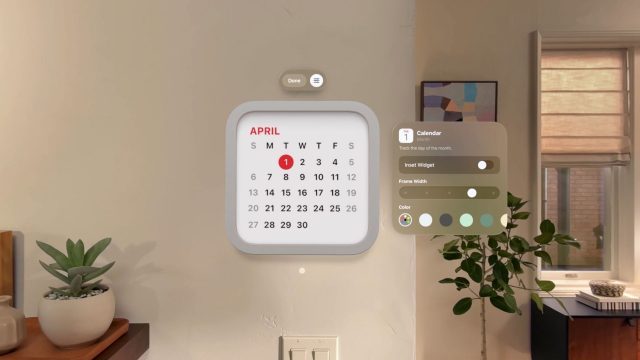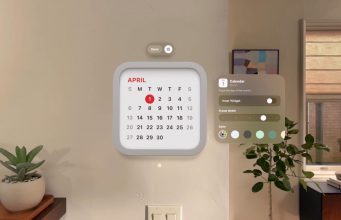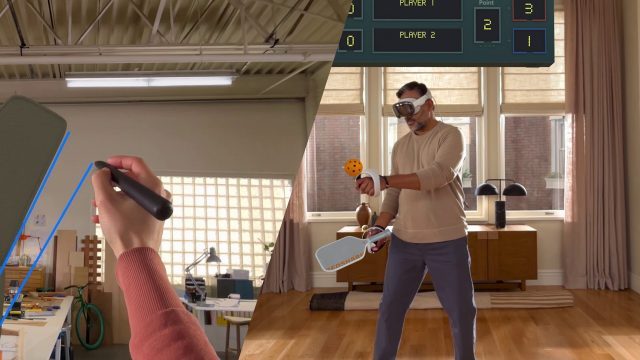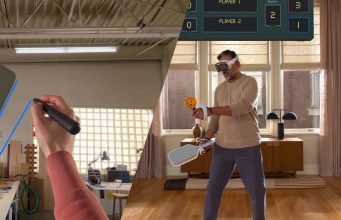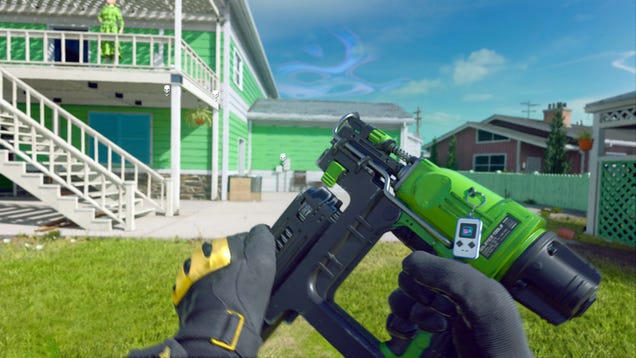VisionOS 26 is Apple’s next major update to Vision Pro. Expected to be released to the public later this year, Apple says developers will be able to start testing the new version starting today. The update adds some major changes, including support for PSVR 2 motion controllers and a spatial stylus from Logitech.
Apple previewed visionOS 26 today during WWDC 2025. The new version technically follows VisionOS 2, but adopts the company’s new version naming scheme which appends the upcoming year to the software name, rather than a version number—hence VisionOS 26 (which will be publicly released in time for 2026).
The new software update for Vision Pro brings some major changes and enhancements.
Motion Controllers & Gamepad ‘Breakthrough’
View post on imgur.com
Since the day Vision Pro was announced (and Apple confirmed it would not ship with motion controllers), developers of existing XR content have been asking for motion controllers for more precise and immersive control of virtual content.
Now that wish is finally coming true. Rather than making its own motion controllers though, Apple is partnering with Sony to add support for PSVR 2 Sense controllers on Vision Pro in VisionOS 26.
Interestingly, Vision Pro is also getting official support for a new Logitech Muse motion stylus, which looks similar to the existing Logitech MX Ink (which is compatible with Quest).
Since day one, Vision Pro has supported gamepads like Xbox and PlayStation controllers for playing flatscreen content. Now VisionOS 26 is adding ‘breakthrough’ for gamepads, which means users will be able to see the controller in their hands even when their view is otherwise occluded by a fully virtual scene. This is similar to the way the headset allows both people and keyboards to ‘breakthrough’ the virtual view so users can talk to people in the room with them and type more easily.
Anchored Widgets
View post on imgur.com
VisionOS 26 adds support for widgets. Similar to widgets on other Apple devices, they are small applets that provide glanceable information. On Vision Pro, however, users will be able to anchor them around their home and they will purportedly always stay in place any time you put on the headset. This includes being able to mount them to walls.
Users could previously place app windows or spatial content around their home, which would stay in place. However, those windows would be rearranged any time the user recentered their headset. Widgets, on the other hand, should always stay where they’re placed.
From what we understand, widgets on VisionOS 26 will support both custom-made widgets for the platform (including panoramas and spatial photos), as well as existing widgets built for iOS and iPadOS.
Persona Visual Upgrades
View post on imgur.com
Apple’s ‘Persona’ avatars are based on a scan of the user’s head which is taken from the headset itself. They are already the most lifelike real-time avatars available in a headset, but Apple is giving them an impressive visual upgrade in VisionOS 26.
The new Persona update will improve the appearance of skin, hair, and eyelashes, according to Apple, greatly reducing the ‘ghostly’ appearance of the current version of avatars.
Co-located Social Experiences
View post on imgur.com
In VisionOS 26, Apple is making it easy for developers to build co-located experiences. That means two Vision Pro users in the same physical space can share a synchronized experience where virtual content appears in the same physical location for both users.
With SharePlay and FaceTime, remote users can also join these experiences, allowing a combination of physically co-located and remote participants.
Spatial Photos Go Volumetric
View post on imgur.com
Spatial photos are getting… more spatial in VisionOS 26. While the prior version allows users to turn their 2D photos into 3D photos (or what Apple calls ‘spatial photos’), this adds stereoscopic depth, but not parallax. That means if you lean left or right, the image just moves with you, instead of making it appear like you can look around objects in the scene.
In VisionOS 26, the spatial conversion will now attempt to add real volume to the photo, offering both stereo depth and parallax. Apple is calling this a ‘spatial scene’, to indicate the addition of parallax.
Given that the photo was originally captured in 2D, the conversion will have to make guesses about what the scene should look like from different angles. While there will certainly be limitations to those guesses, we’ve been really impressed with Apple’s first attempt at automatic conversion of 2D photos to spatial photos, so we’ll be interested to see how well the process works for spatial scenes.
Spatial Browsing Mode in Safari
View post on imgur.com
Apple says that a new ‘Spatial Browsing’ mode is coming to Safari in VisionOS 26. This will purportedly work on any webpage that can normally work with Safari’s existing ‘Reader’ view.
In addition to converting the page’s text for easier reading, the Spatial Browsing view will turn images on the page into ‘spatial scenes’ (volumetric photos) as covered above. Apple hopes this will make web browsing feel more immersive.
Web developers will also be able to define an immersive background for their website, so Vision Pro users can have a relevant immersive scene that appears around them when browsing a specific webpage.
Native Playback of More Immersive Video Formats
View post on imgur.com
While Vision Pro has long supported spatial (3D) video playback, and Apple Immersive Video (Apple’s own wide field-of-view immersive video format), VisionOS 26 will support other common immersive video formats.
That includes 180°, 360°, and, as we understand it, arbitrary wide field-of-view video content, either monoscopic or stereoscopic.
Apple says this will mean wide field-of-view footage from popular action cams like GoPro and Insta360 will play seamlessly on Vision Pro.
PHOTO of formats
Developers will also be able to play all supported formats in their apps, or stream them from the web.
Improved Hand-tracking
Apple says that hand-tracking on VisionOS 26 will be able to run up to 90Hz which should result in a noticeable reduction in latency, compared to the 60Hz tracking of the current VisionOS 2.
There’s lots of smaller tweaks and improvements coming to VisionOS 26, but these are the biggest of the bunch.
VisionOS 26 is available starting today as a developer beta. Apple has not yet said it the public beta and full release will come alongside the public betas and release for its other platforms like iOS and macOS.
